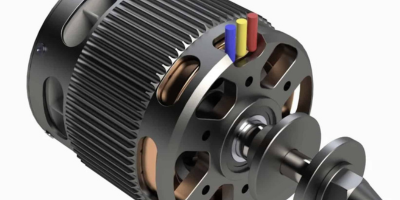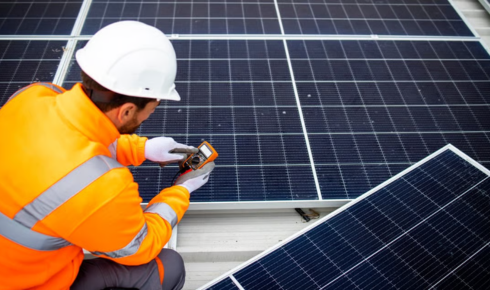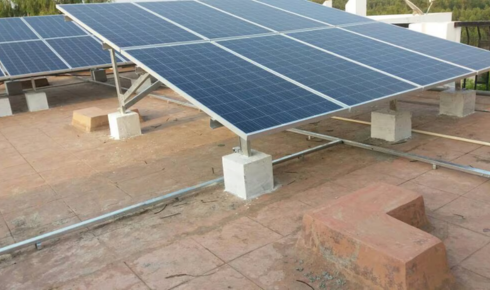Unlocking the Power Behind the Propellers: A Deep Dive into Drone Motors

Drones have soared from niche tech gadgets to mainstream marvels—delivering everything from cinematic shots to life-saving supplies. At the heart of every drone lies a key component that determines its lift, stability, and speed: the drone motor. These compact engines may be small in size, but they play a massive role in flight performance. Whether you’re a hobbyist, a professional aerial photographer, or a commercial drone operator, understanding drone motors can take your flying experience to the next level.
What Is a Drone Motor?
A drone motor is the mechanism responsible for spinning the propellers, which create the thrust required for the drone to take off, hover, and maneuver. Most modern drones use brushless motors because of their high efficiency, longer lifespan, and reduced maintenance compared to brushed motors. These motors are electronically commutated, meaning they don’t rely on physical brushes for switching current flow, which helps reduce wear and tear.
Brushless motors consist of a stator (stationary coils) and a rotor (rotating magnets). When electric current passes through the stator, it creates a magnetic field that interacts with the rotor’s magnets, producing motion.
Key Specifications to Understand
When choosing or replacing a drone motor, it’s crucial to consider the following specifications:
- KV Rating: KV (RPM per Volt) indicates how fast a motor spins per volt applied. A higher KV means faster spinning but usually less torque.
- Thrust: This measures the lifting power of the motor. Ideally, your drone should have twice the thrust-to-weight ratio for optimal performance.
- Voltage Compatibility: Motors are designed to work with specific voltages, often based on the number of cells in a drone battery (e.g., 3S = 11.1V, 4S = 14.8V).
- Current Draw and Efficiency: These define how much current the motor pulls and how efficiently it converts electricity into thrust.
Choosing the wrong motor can lead to overheating, poor flight performance, or even damage to your drone’s electronics.
The Role of ESC and Propellers
While motors get all the glory, they don’t work alone. Each drone motor is paired with an Electronic Speed Controller (ESC), which acts as the brain of the system—translating signals from the flight controller into motor speed. For smooth operation, it’s essential that your ESCs match the power requirements of your motors.
Propeller size and shape also influence how well a motor performs. Larger or heavier propellers need motors with more torque and lower KV ratings, while smaller props pair well with higher KV motors.
Common Motor Types in Drones
There are different types of drone motors depending on the application:
- Racing Drones: These use high-KV motors designed for speed and quick maneuvering. They trade off some efficiency and flight time for maximum responsiveness.
- Cinematography Drones: These need stable, powerful motors that can handle heavy payloads (like DSLR cameras) and maintain smooth, steady flight.
- Industrial Drones: Used for tasks like surveying, mapping, or agriculture, these require robust motors that prioritize durability and load capacity over speed.
Tips for Maintaining Drone Motors
To keep your motors in top condition:
- Regularly inspect for dirt, sand, or debris.
- Use compressed air or a soft brush to clean around the motor casing.
- Check for signs of wear or unusual noises.
- Ensure all mounting screws are tight and balanced.
Proper motor care not only enhances performance but also extends the lifespan of your drone.
The Future of Drone Motors
With the rapid advancement of drone technology, drone motors are becoming more powerful, lightweight, and energy-efficient. Innovations like integrated cooling systems, smart motor diagnostics, and even AI-assisted tuning are being introduced to meet growing demands in industries like delivery, surveillance, and agriculture.






